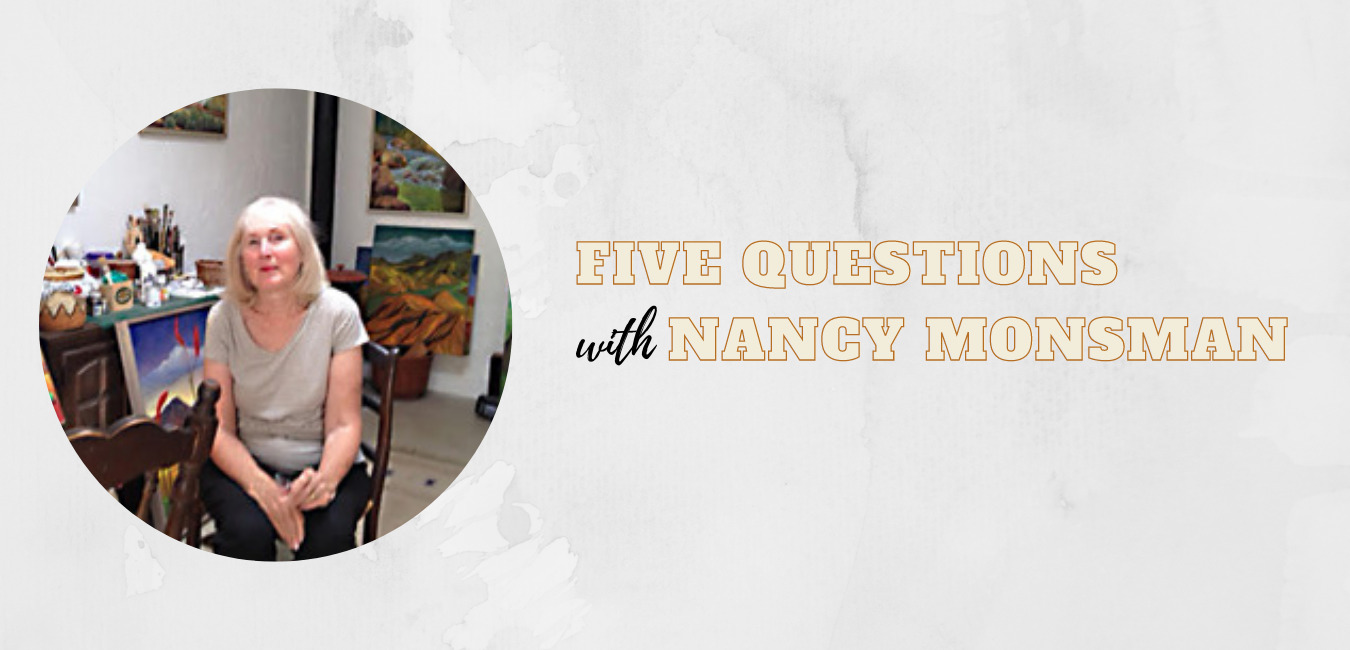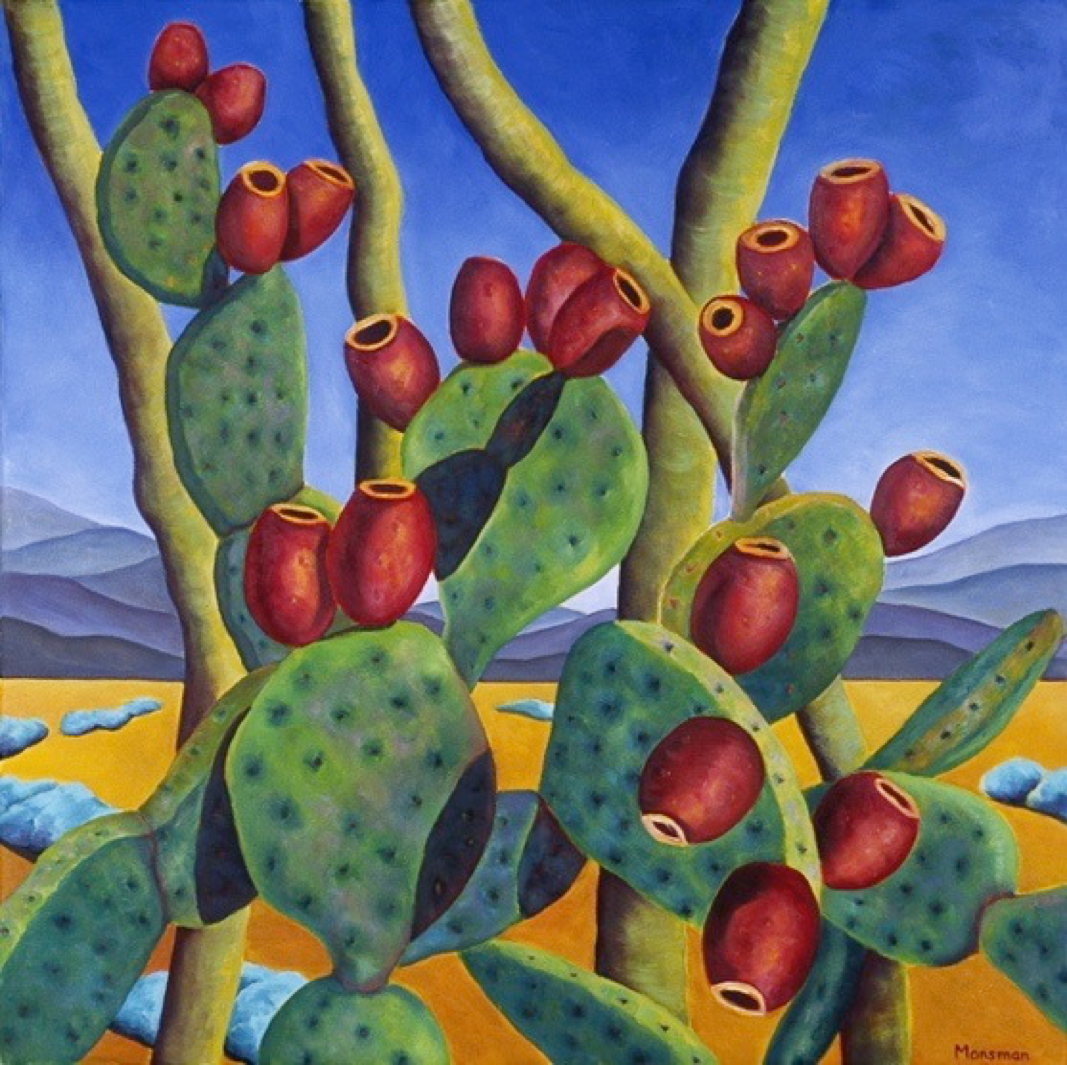Five Questions with Nancy Monsman
This is the latest entry in my series of conversations with other authors, who join us to share about their creative process, their habits, their inspiration, and more. Our guest today is Nancy Monsman and our interview is a little bit different than I normally do, but I know you’ll enjoy it nevertheless.
In addition to being a talented cellist and gifted painter, Nancy Monsman has mastered the genre known as the program note, the explanation of the musical pieces that are on the program. She will speak about her craft at the Harvard Club on April 20. Her comments apply to writers of all genres.
1. How do you define a program note?
Nancy Monsman: It’s a form of investigative journalism. It’s targeted writing that requires research, analysis, and interpretation. The technical information must then be balanced with background material, always considering the audience.
As a guide, I try to follow Joseph Pulitzer’s advice for all journalists:
-Be brief so they will read it.
-Be clear so they will understand it.
-Be picturesque so they will remember it.
-And above all else–be accurate so they will be guided by its light.
2. How do you do your research?
Nancy Monsman: The starting point is thorough familiarity with the work. I explore the work’s structure – essentially how the piece is put together. The score and recording are critically important. I own a fair number of scores, such as all the Beethoven, Mozart and Dvorak quartet and trio editions. Public and university libraries are also terrific sources of sound recordings.
Recently I have become a fan of YouTube. It can be like Macy’s Bargain Basement since gems and plain rocks lie side by side. Once, when other sources failed, I listened to a twelve-year-old’s YouTube recital performance of the work I was researching. I enjoyed it! He needed to develop technique but he had lots of heart.
Next I research the context of the piece. How does it fit with that composer’s contemporaries? Or the broader musical trends of the era?
3. How do you write something new about a work that has been performed for decades, if not centuries?
Nancy Monsman: The answer would be that same for its current interpreters: make the work your own. I once heard a full hour lecture on the first eight bars of a Mozart piano sonata. It was wonderful! With a masterpiece, there is always a new point to consider.
The style of program note writing has changed over the years, as have audiences. In the earliest days of note writing in the 19th century, much of the audience was familiar with composing music in a minor way, so technical commentary was considered unnecessary. The notes at this time tended to be biographical with a few subjective comments about the work.
To see how writing has evolved from the mid-twentieth century, consider this comment from Grove’s Dictionary of 1954: “Rachmaninoff’s music is well-constructed and effective, but monotonous in texture, which consists in essence mainly of artificial and gushing tunes accompanied by a variety of figures derived from arpeggios.”
Groves, you have traveled a long way!
4. Do you have a list of comments to avoid?
Nancy Monsman: I never criticize a composer or his work. Occasionally I hear a work that I believe to be flawed, but I will find the best in it. There was once a Martinu quartet that he wrote while flat on his back in hospital as he recovered from a concussion. While he experienced useful music therapy, to me the piece lacked merit; but I did not say so.
Before I performed a Schubert sonata some years ago, I was introduced as “about to play what is definitely not Schubert’s best work.” How to follow this clunker? I was reminded of Wanda Landowska who toddled onto the stage at Town Hall and said, “I hope you will enjoy this piece. I have worked so hard on it.”
I want to serve the music in a fair way. The goal of the program note is to enhance the listening experience of the audience, not to promote my own point of view.
5. How do you craft the note once you have your materials?
Nancy Monsman: I have space constraints, so I try to write with economy. I was taught to eliminate the “widows,” those tiny pairs of words that take up a line at the end of a paragraph. After I have drafted a note, I pare it down mercilessly while aiming to maintain a balance comments about the composer, the circumstances of composition and the work itself.
It helps at that I have an English lit BA and have lived with an English professor for some decades. My word bank is fairly good. I focus on verbs that convey action, appropriate for an art that moves in time. I try to choose words for both color and specificity.
Once a note is written I let it rest then revisit it. Almost always I make changes.
For more on this multitalented Arizona artist, go to: http://www.cathedralrockart.com/
See also: FiveQuestions Series
Categorised in: Five Questions Series, Writing
This post was written by Julie Tetel Andresen
You may also like these stories:
- google+
- comment





